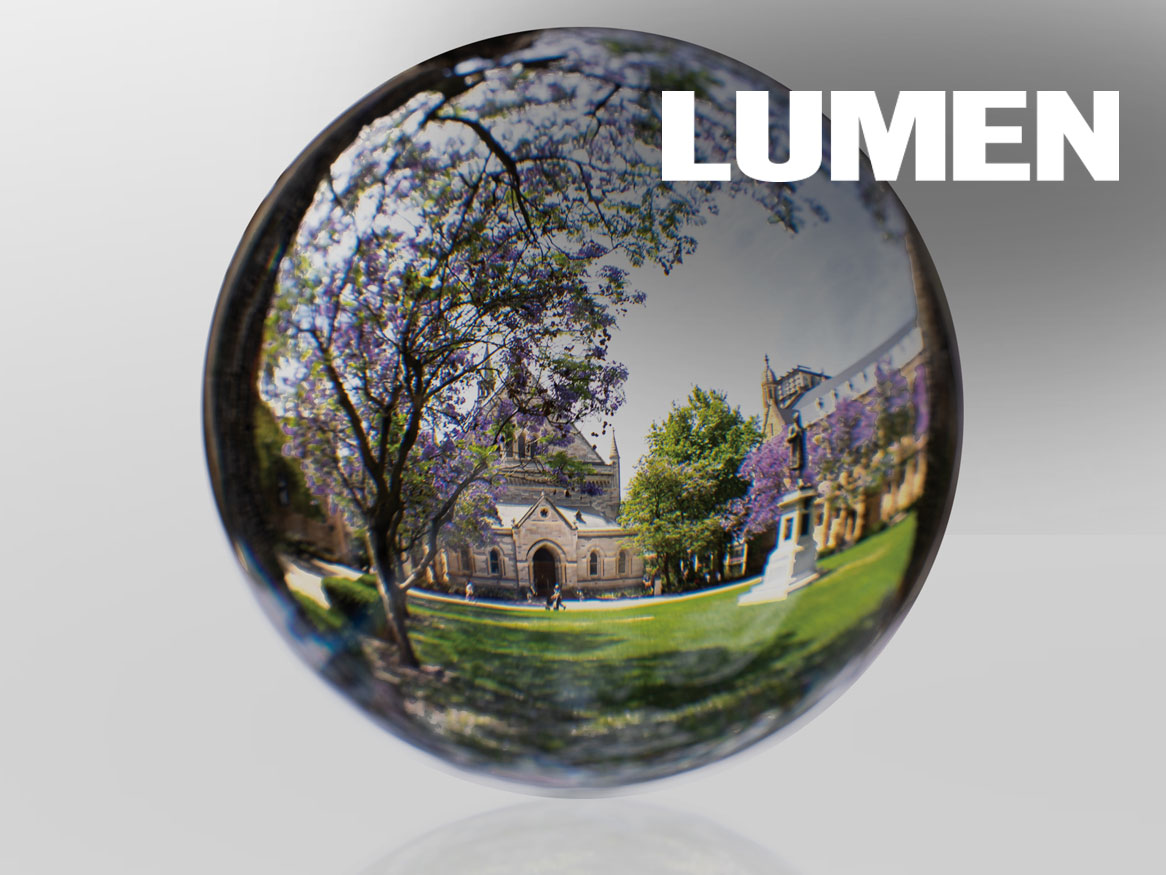Targeting cancer at the nanoscale
Thursday, 20 February 2014
A University of Adelaide PhD student has developed a computer model for simulating cancer tumour growth and treatment which is attracting interest from around the world as a first-line assessment of potential treatments.
The first of its kind in the world, the model simulates the growth of tumour from single cells and the effect of cancer treatments such as radiation at the nanoscale level.
"Unlike other cancer models, this model simulates the tumour growth and effects of various treatments, right through to the probability of survival of cells and whether they have been destroyed by the treatment," says Michael Douglass, PhD student in the University's School of Chemistry and Physics.
The research, supervised by Associate Professor Eva Bezak, School of Chemistry and Physics and Chief Physicist, Royal Adelaide Hospital (RAH) and Dr Scott Penfold, Medical Physics Co-ordinator in the School, is currently focussed on radiotherapy.
"We model individual radiation particle interactions on scales smaller than the size of a water molecule," says Mr Douglass, who is also a medical physicist in the Department of Medical Physics at the RAH. We simulate the resultant biological damage to each cell in the tumour and how the cell repairs its DNA after being exposed to radiation."
The model is now being used to study new cancer treatment techniques such as the use of gold-nanoparticles to reduce the radiation dose needed to destroy tumours, and so reduce or eliminate acute radiation side-effects.
"Targeting and destroying an individual cancer cell in the human body is a bit like spotting a fly from several kilometres away," says Mr Douglass. "Since we can't see it, the only way to ensure the fly has been killed is to use a highly destructive nuclear weapon which results in huge collateral damage. When the fly starts to reproduce and becomes a huge swarm, then we can see it and take more precise action, but by that time the condition has become quite serious in terms of tumour growth and spread of the cancer."
"The beauty of this model is that we can investigate the actions of new treatments such as gold nano-particle therapy to see what happens when we can't look at it experimentally. The processes are happening on such a small scale that computer modelling is the only way of understanding how they are working.
"We can use the model to investigate what will happen with any therapy so we can verify it as a potential treatment and then, if it's looking promising, go ahead with clinical trials."
Over the next year, the model will be further developed in many international collaborations including Loma Linda University Medical Centre in the United States to study the effects of proton radiotherapy. It has also attracted the interest of NASA to study the effects of cosmic radiation on astronauts.
The model's algorithms also will be released to researchers around the world this year.
Contact details
Email: media@adelaide.edu.au
Website: https://www.adelaide.edu.au/newsroom/
The University of Adelaide
Business: +61 8 8313 0814







